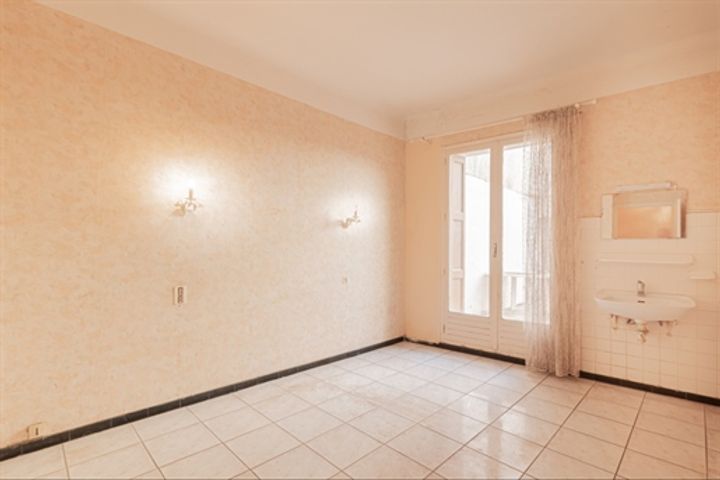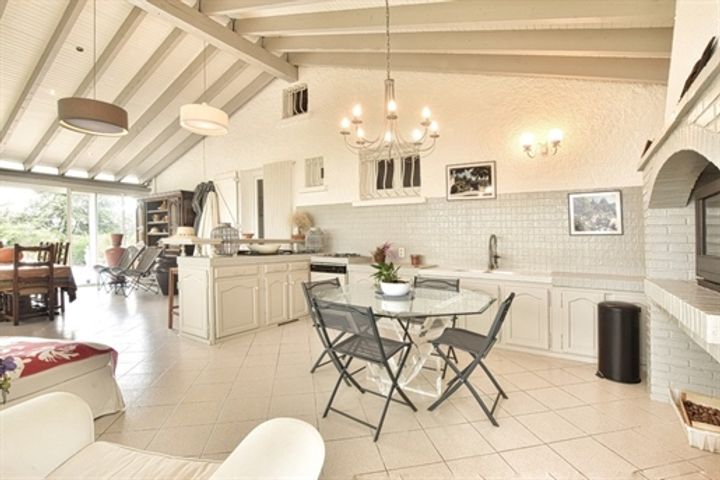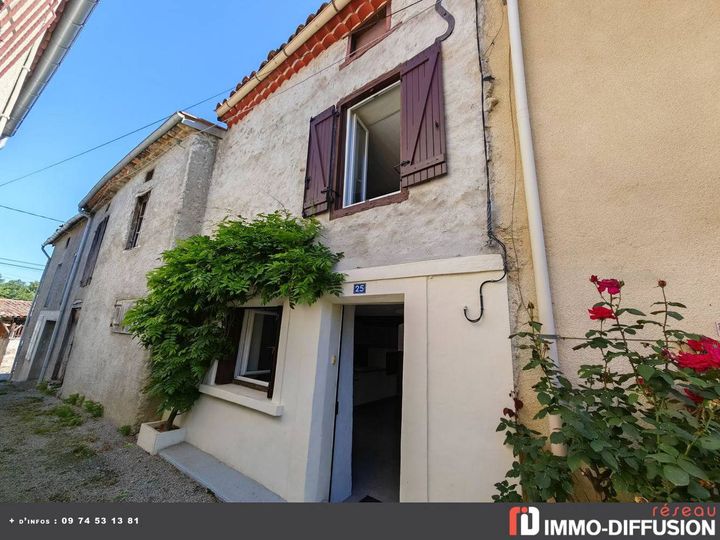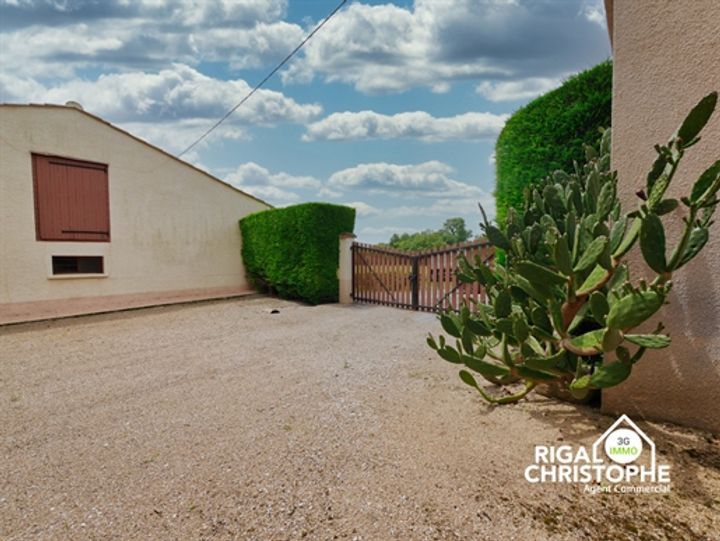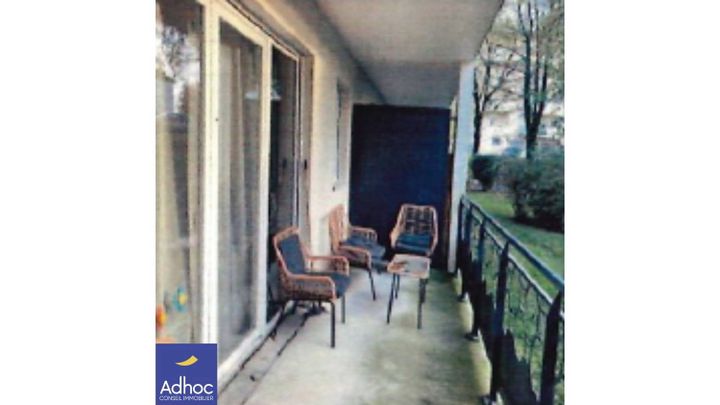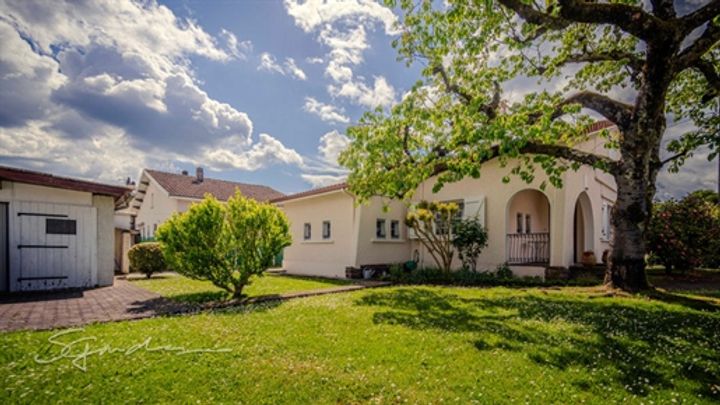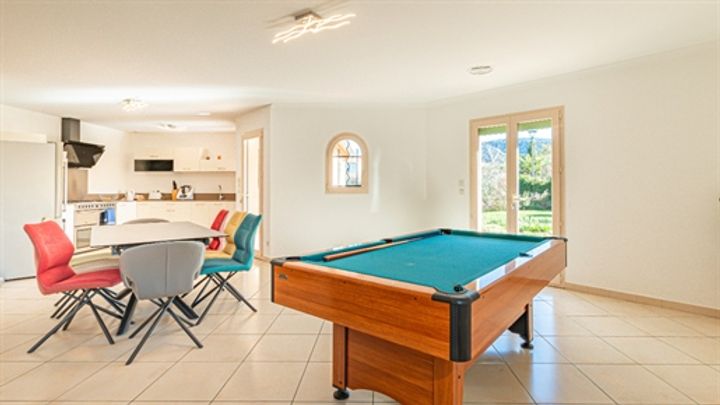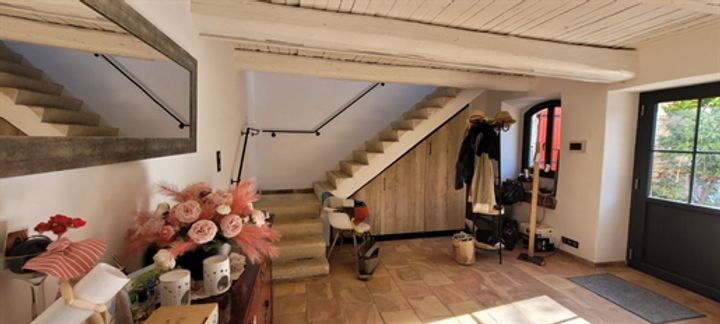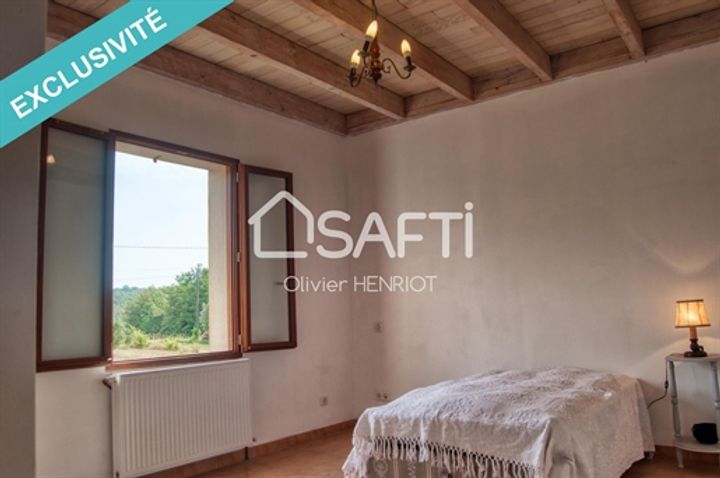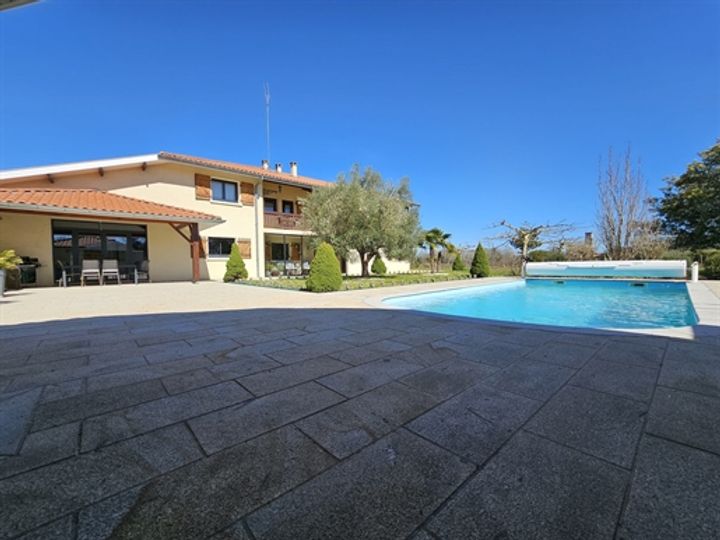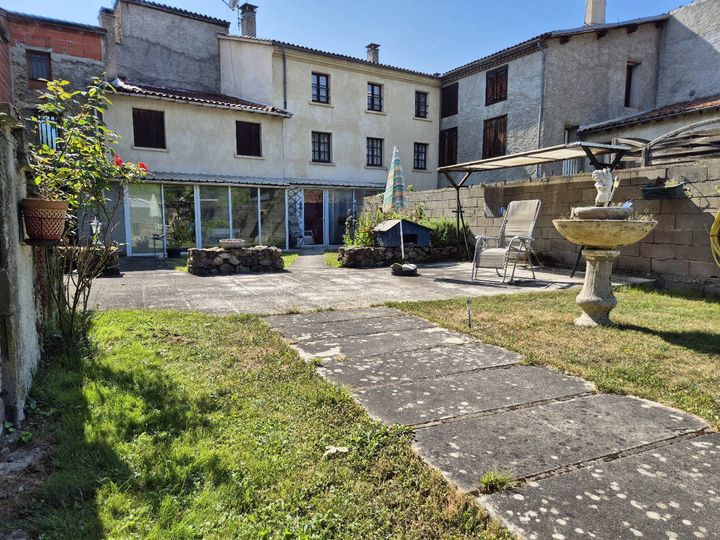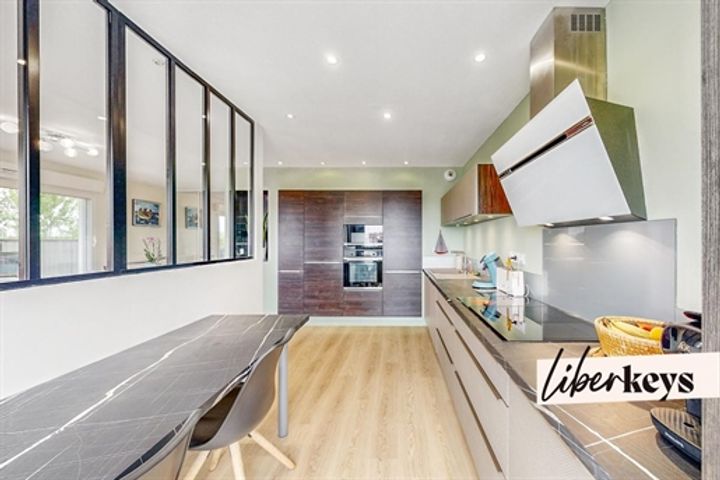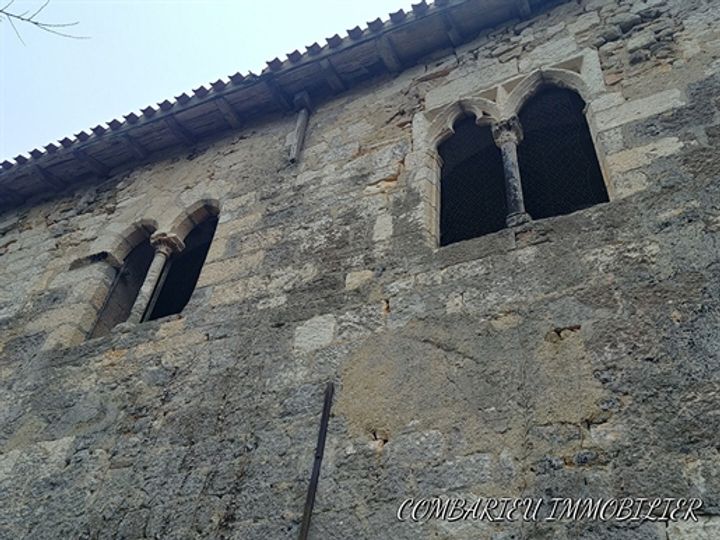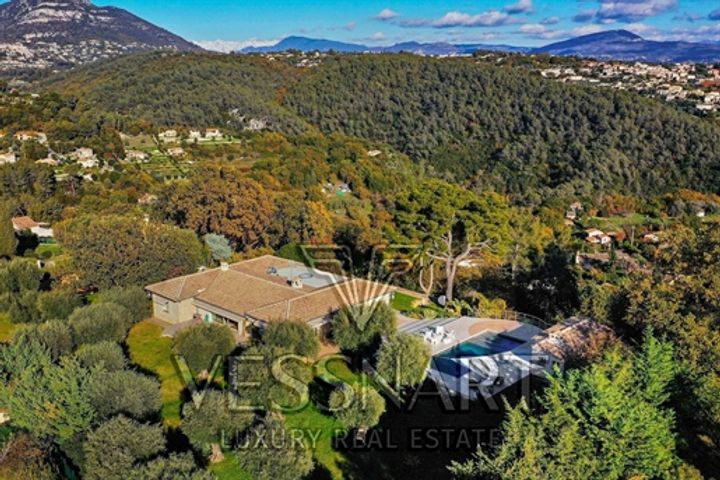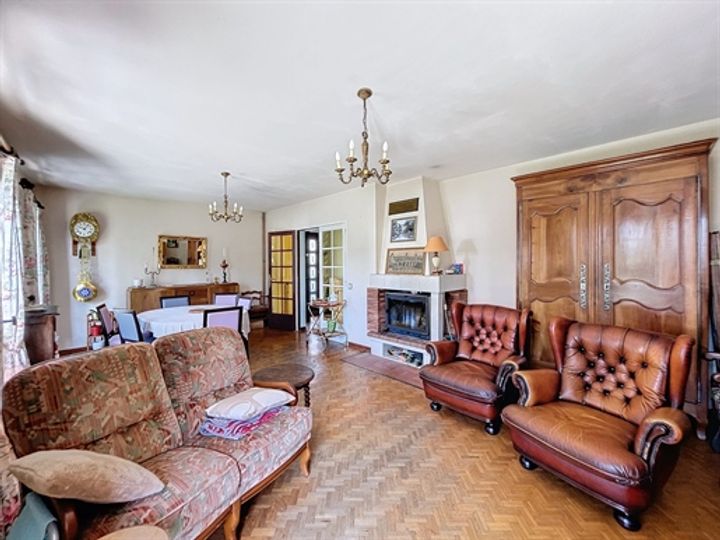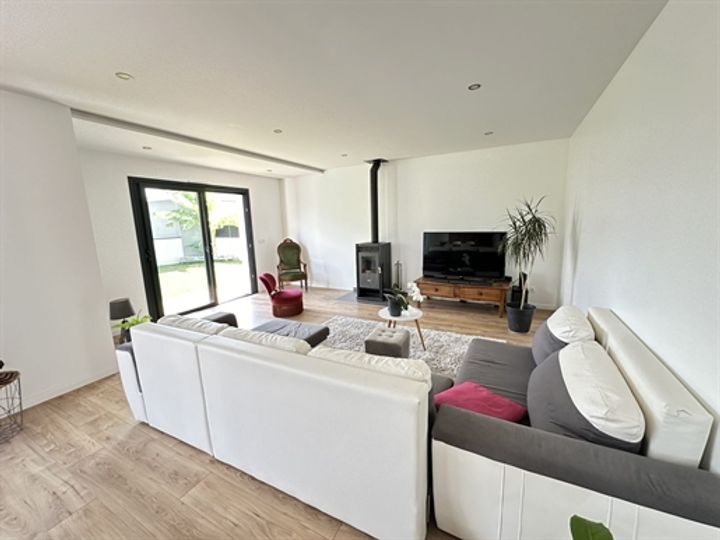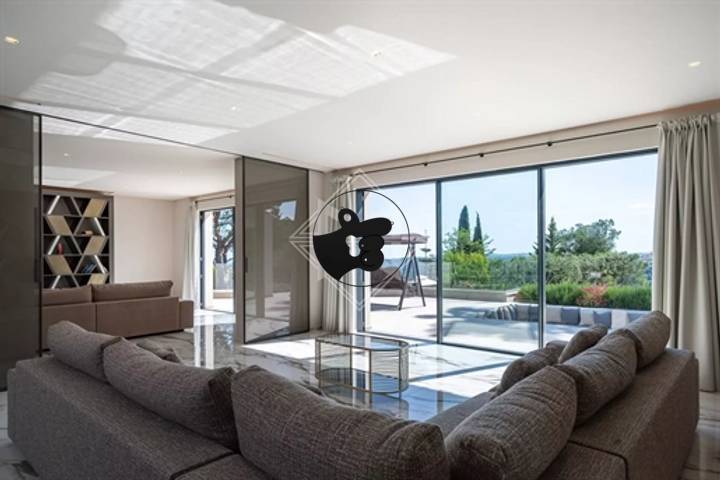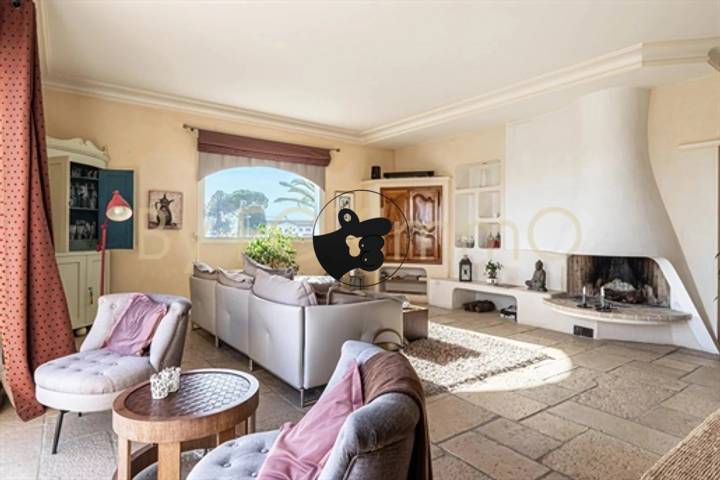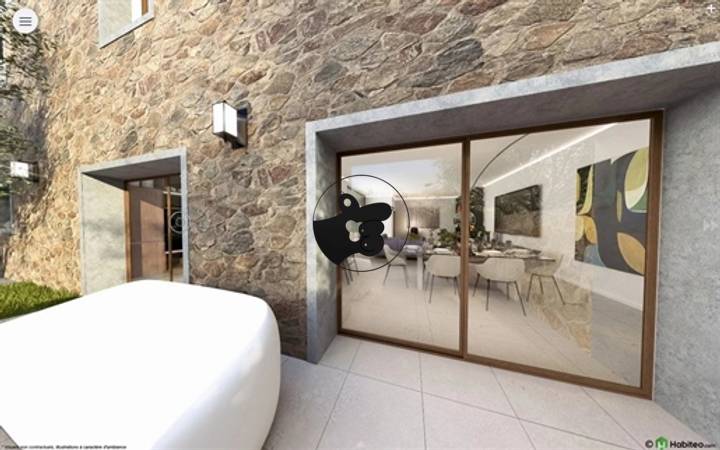Average home prices in Pau tend to vary based on the type of property and its location within the city. As of late 2023, prices for apartments usually range from around €1,800 to €2,800 per square meter, depending on whether the property is in the city center or a more suburban area. For example, a two-bedroom apartment in the heart of Pau might be listed for approximately €190,000, while similar properties in quieter neighborhoods could be available for around €150,000. Detached houses generally have higher price tags, with averages ranging from €250,000 to €500,000, often influenced by features like garden space and proximity to amenities. Notably, homes situated near the Pyrenees or with views of the mountains may command premium prices, reflecting the region's appealing landscape and lifestyle.
Pau
Location
Price Range
Any price
Price Range
Minimum
No min
Maximum
No max
Property type
Show all
Property type
Show all
House
Apartment
Building
Other
Bedrooms
Any beds
Bedrooms
Minimum
No min
Maximum
No max
Surface Range
Any surface
Surface Range
Minimum
No min
Maximum
No max
Sale type
For sale
Sale type
Show all
To rent
For sale
Location
Apartments and houses for sale in Pau
24 results
Recent
Pau insights
| Aspect | Summary |
|---|---|
| Population | 80,000 |
| Average Property Price | €2,500/m² |
| Rental Yield | 5.5% |
| Average Rent | €750/month |
| Occupancy Rate | 92% |
| Capital Growth Rate | 3% annually |
| Property Tax | €1,200/year |
| Transaction Costs | 7% of purchase price |
| Expected ROI | 8.5% |
| Economic Growth Impact | Positive; supporting infrastructure and tourism |
Pau FAQ
What are the average home prices in Pau?
How have real estate prices in Pau changed over the last few years?
Real estate prices in Pau have experienced a notable increase over the past few years, driven by a combination of factors including its appealing lifestyle, natural surroundings, and investment in local amenities. For instance, the average price per square meter for apartments has risen from around €1,800 in 2020 to approximately €2,300 in 2023, reflecting a growing demand among buyers seeking properties in the region. The rise has been particularly prevalent in the city center and desirable neighborhoods like Trespoey, where historic charm and proximity to services command higher prices. Single-family homes have also seen significant appreciation, with certain areas experiencing price jumps of over 15% year-on-year. The surge in interest from both domestic and foreign investors has contributed to this trend, as Pau's accessibility to the Pyrenees and attractive climate continue to draw potential homeowners. Additionally, the local government’s initiatives to enhance urban infrastructure and promote tourism have further stimulated the market, leading to a competitive real estate environment.
What factors influence the price of real estate in Pau?
The price of real estate in Pau is influenced by several factors, starting with location. Properties situated near the city center or within close proximity to key amenities like schools, parks, and shopping areas typically command higher prices. Additionally, the presence of historical architecture and picturesque landscapes, particularly around the Pyrenees, adds to the allure and value of specific neighborhoods. Supply and demand dynamics also play a crucial role; an increase in buyers seeking homes in Pau due to its appeal as a quieter alternative to larger cities can drive prices up. Economic conditions, such as employment rates and investment in local infrastructure, further impact real estate prices, as does the overall economic health of the region. Finally, seasonal trends can affect prices, particularly in areas popular for tourism, where demand peaks during warmer months.
Is it a good time to buy a property in Pau?
The property market in Pau has been experiencing a series of fluctuations, which makes it a complex environment for potential buyers. On one hand, the average property prices in Pau have seen a rise, with current listings averaging around €2,300 per square meter, up from €2,100 just a year ago. This upward trend is fueled by increasing demand, particularly among families seeking the quality of life offered by the region's natural scenery and cultural amenities. Moreover, interest rates have remained relatively low, encouraging first-time buyers to enter the market. However, the competition has also intensified, with properties often selling quickly, sometimes within days of being listed. On the rental side, with its appeal as a university town, Pau has maintained a robust rental market, providing potential for investment returns. Despite these positive indicators, buyers should also be aware of potential challenges, including a limited supply of homes in desirable neighborhoods and the impact of economic factors that could influence long-term property values.
What types of properties are most common in Pau, and what do they typically cost?
In Pau, the real estate market offers a diverse range of properties, with apartments being the most common type for urban dwellers. Typically, a two-bedroom apartment in the city center can cost between €120,000 and €180,000, while larger apartments or those with views of the Pyrenees can go for upwards of €250,000. For those seeking more space, traditional houses or villas in the surrounding neighborhoods are popular, often priced between €200,000 and €400,000, depending on the size and proximity to amenities. It's common to find charming, older townhouses in the historic district, which can range from €150,000 to €300,000. Additionally, newer developments on the outskirts tend to attract families, with prices for modern three- to four-bedroom homes starting around €300,000 and escalating based on their features and location. Lastly, investment properties, particularly in student-heavy areas, are also sought after, often yielding competitive prices per square meter.
How do prices in Pau compare to nearby cities?
Prices in Pau are generally more affordable compared to neighboring cities like Biarritz and Bayonne. For instance, rental costs in Pau average around €600 for a one-bedroom apartment, while in Biarritz, the same apartment can easily go for €1,200 or more, reflecting Biarritz's popularity as a coastal tourist destination. When it comes to groceries, a basic shopping list for a family tends to be more budget-friendly in Pau, with prices for essentials like bread and milk slightly lower compared to Bayonne. Transportation costs also show a difference; whereas a bus ticket in Pau is approximately €1.50, in larger cities nearby, fares can be a bit higher due to increased demand. Dining out reveals similar trends, with a meal at a mid-range restaurant in Pau averaging around €20, compared to €25 to €35 in Biarritz, which caters largely to tourists.
Are there any upcoming developments in Pau that could affect real estate prices?
Pau is currently experiencing a surge in infrastructure development that could significantly impact real estate prices. One notable project is the ongoing expansion of the Pau-Pyrénées Airport, which aims to enhance its connectivity and attract more travelers; increased accessibility can lead to higher demand for residential and commercial properties nearby. Additionally, the city's strategic initiatives to promote urban renewal, particularly in the historic center, are set to revitalize neighborhoods and draw in new businesses, further driving up property values. Plans for new educational institutions, including an expansion of the University of Pau and the Adour Region, may also enhance the area's appeal to families and students, contributing to greater competition in the housing market. Moreover, the push for sustainable development, including the installation of renewable energy sources and the creation of green spaces, aligns with global trends, potentially attracting environmentally conscious buyers and investors.


